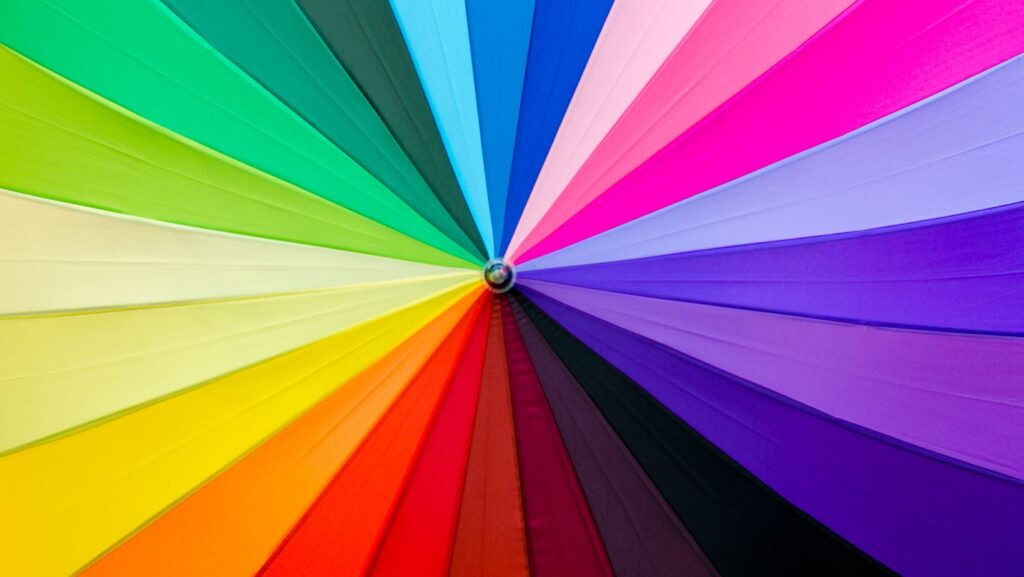 Ivory, a timeless and elegant hue, has long captured the imagination of designers and artists alike. This subtle shade, often associated with purity and sophistication, finds its place in everything from fashion to home decor. Its versatility and understated charm make it a favored choice for creating serene and inviting spaces. In the world of interior design, ivory serves as a perfect backdrop, complementing a wide range of palettes. Its ability to reflect light beautifully enhances the ambiance of any room, making spaces appear larger and more open. Meanwhile, in fashion, ivory exudes a classic appeal, offering a neutral base that pairs effortlessly with bold patterns and vibrant colors. As trends evolve, ivory remains a staple, celebrated for its ability to transcend seasons and styles.
Ivory, a timeless and elegant hue, has long captured the imagination of designers and artists alike. This subtle shade, often associated with purity and sophistication, finds its place in everything from fashion to home decor. Its versatility and understated charm make it a favored choice for creating serene and inviting spaces. In the world of interior design, ivory serves as a perfect backdrop, complementing a wide range of palettes. Its ability to reflect light beautifully enhances the ambiance of any room, making spaces appear larger and more open. Meanwhile, in fashion, ivory exudes a classic appeal, offering a neutral base that pairs effortlessly with bold patterns and vibrant colors. As trends evolve, ivory remains a staple, celebrated for its ability to transcend seasons and styles.
Color:Erinymo7kkg= Ivory
 Ivory, a color synonymous with elegance, carries unlimited potential across creative fields. Designers and artists prize its unique ability to add warmth without overwhelming spaces. Its subtle undertones create a serene atmosphere, offering sophistication in interior design applications. Whether used on walls, furnishings, or decorative elements, ivory enhances other colors, providing a softer alternative to stark white. In fashion, ivory embodies timeless elegance. It flatters various skin tones, making it a popular choice for bridal wear and gowns. Designers favor ivory for its versatility, allowing it to pair beautifully with other shades. From casual outfits to formal attire, its understated elegance supports varied textures and fabrics. Ivory plays a significant role in art and design.
Ivory, a color synonymous with elegance, carries unlimited potential across creative fields. Designers and artists prize its unique ability to add warmth without overwhelming spaces. Its subtle undertones create a serene atmosphere, offering sophistication in interior design applications. Whether used on walls, furnishings, or decorative elements, ivory enhances other colors, providing a softer alternative to stark white. In fashion, ivory embodies timeless elegance. It flatters various skin tones, making it a popular choice for bridal wear and gowns. Designers favor ivory for its versatility, allowing it to pair beautifully with other shades. From casual outfits to formal attire, its understated elegance supports varied textures and fabrics. Ivory plays a significant role in art and design.
Origin And History
Ivory’s origins trace back to ancient civilizations where it was prized for its rarity and beauty. Early artisans in Egypt and China crafted intricate items from ivory, utilizing both the material’s durability and natural allure. This practice spread through trade routes, influencing diverse cultures over centuries. In the Middle Ages, ivory became a symbol of wealth and status in Europe, used in religious artifacts, jewelry, and ornamental pieces. During the 19th century, advances in trade and exploration increased ivory’s accessibility, further embedding it in cultural and artistic traditions. Ivory’s historical use extends beyond art; it played a significant role in musical instrument production. Pianos and other instruments benefited from ivory’s smooth texture and aesthetic qualities. While ethical concerns have since shifted production practices, ivory’s historical significance in art and craftsmanship remains an essential part of its legacy.
Characteristics Of Color:erinymo7kkg= Ivory
Ivory presents a subtle yet sophisticated color, known for its elegance and timeless appeal. It serves as a crucial element in various design fields due to its unique attributes.
Visual Appearance
 Ivory appears as a soft white with delicate yellow undertones. These warm undertones distinguish it from stark white, providing a gentle warmth to its look. In natural light, ivory tends to reflect a creamy hue that complements both neutral and vibrant colors in its vicinity.
Ivory appears as a soft white with delicate yellow undertones. These warm undertones distinguish it from stark white, providing a gentle warmth to its look. In natural light, ivory tends to reflect a creamy hue that complements both neutral and vibrant colors in its vicinity.
Ivory encompasses a range of shades, each carrying slight variations in tone. From pale cream to deeper beige, these shades offer designers flexibility in achieving desired aesthetics. Lighter shades align closely with white, offering spaciousness and purity in any design. Deeper shades introduce warmth and richness, making them suitable for cozy and inviting settings.
Applications And Uses
Ivory, with its timeless appeal, serves multiple purposes in various fields due to its versatility and elegance.
Fashion And Accessories
Ivory dominates fashion, especially in bridal and formal wear, due to its elegant appearance. It flatters various skin tones, making it a preferred choice for gowns and suits. Accessories, including shoes and handbags, often utilize ivory to complement or contrast with other colors. Designers integrate ivory into jewelry, offering pieces that exude understated luxury.
Art And Creative Design
In art, ivory inspires both traditional and modern works. Its subtle tones give artists a canvas that supports vibrant colors without overpowering them. Craftsmanship in ivory, despite ethical constraints, remains a significant influence in sculpture and carvings, reflecting intricate designs and enduring appeal. Creative projects, such as graphic design or interior styling, incorporate ivory to achieve balance and harmony.
